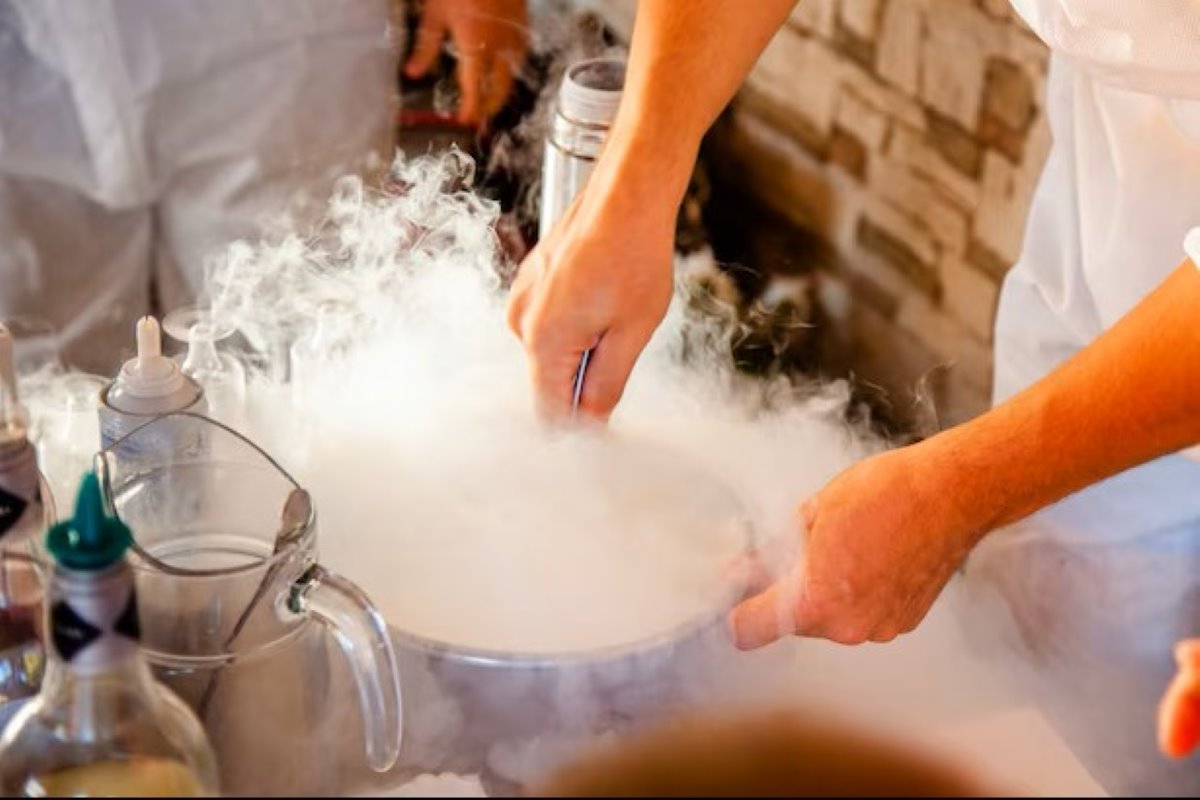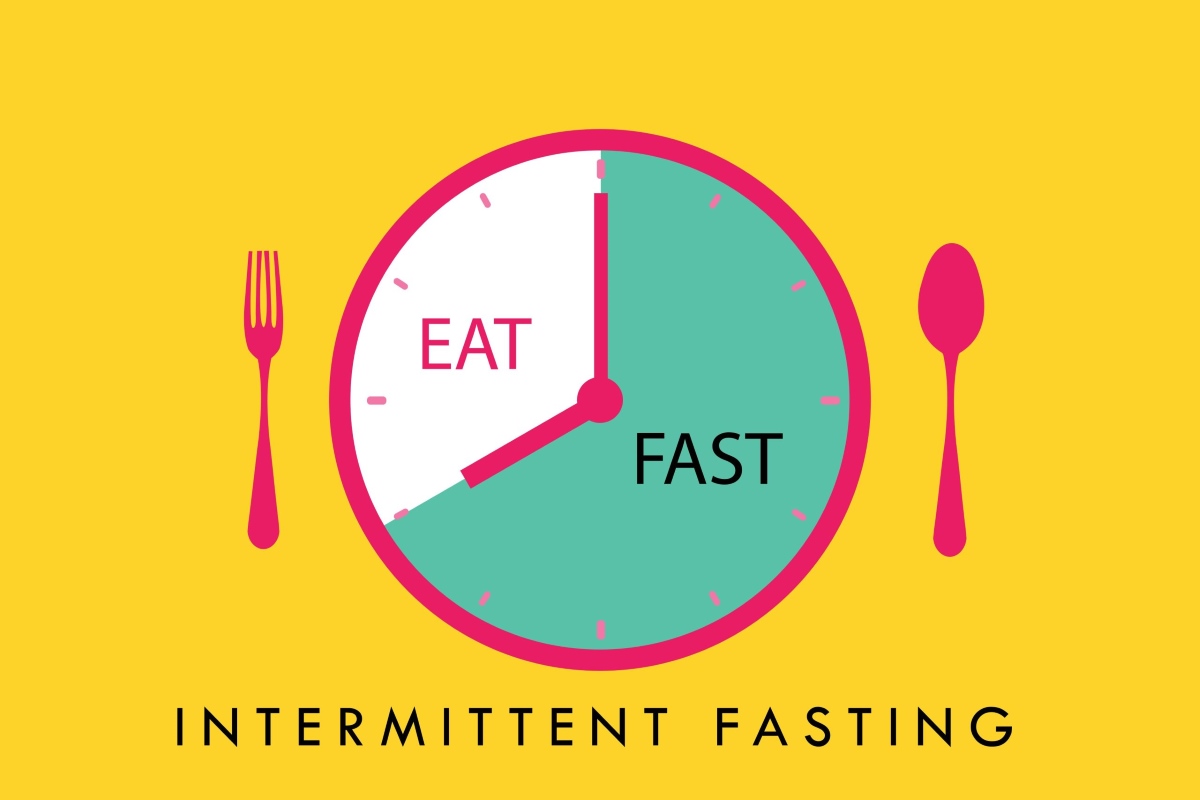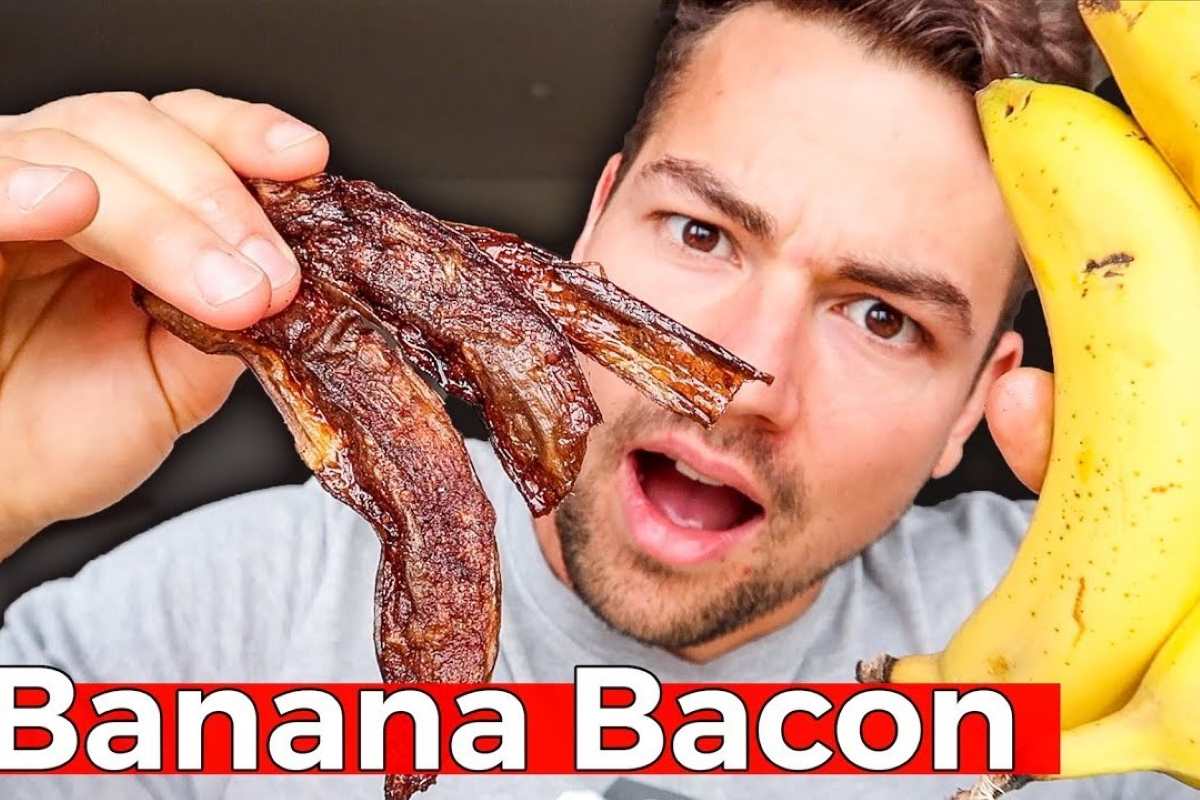A breakdown of the dopamine-sugar-brain interplay is crucial for a comprehensive understanding of how sugar affects the brain. There are very few food components that stimulate the brain as effectively as sugar does. Metering its consumption may be the key to improving your cognitive ability and self-regulating certain habits.
By default, our body is designed to use the brain-sugar response as a reward system. For example, hunter-gatherers identified edible fruits by sweetness and used this as a benchmark for trying new nutritional sources. However, studies on sugar addiction science reveal that the dopamine system sometimes runs amok when fed carrots without restraint.
Enjoying sugary food is a natural impulse; hardly anyone can help it. When the secretion of the neurotransmitter dopamine becomes reinforced due to repeated intake of sugar, that’s when the pleasurable experience may become bad. This piece explains food addiction neuroscience with as many relatable illustrations as possible.
The Brain’s Reward Pathway
Dopamine is a neurotransmitter, a feel-good hormone, that the brain uses to signal the occurrence of a pleasurable experience. So, sugar intake is not the only activity that triggers dopamine release in the brain. Doing exercise, having sex, shopping, listening to music, eating delicious food, and taking substances with hallucinogenic effects are some other activities that trigger dopamine secretion. What each individual enjoys may vary, but once they find it pleasurable, you can bet dopamine is involved.
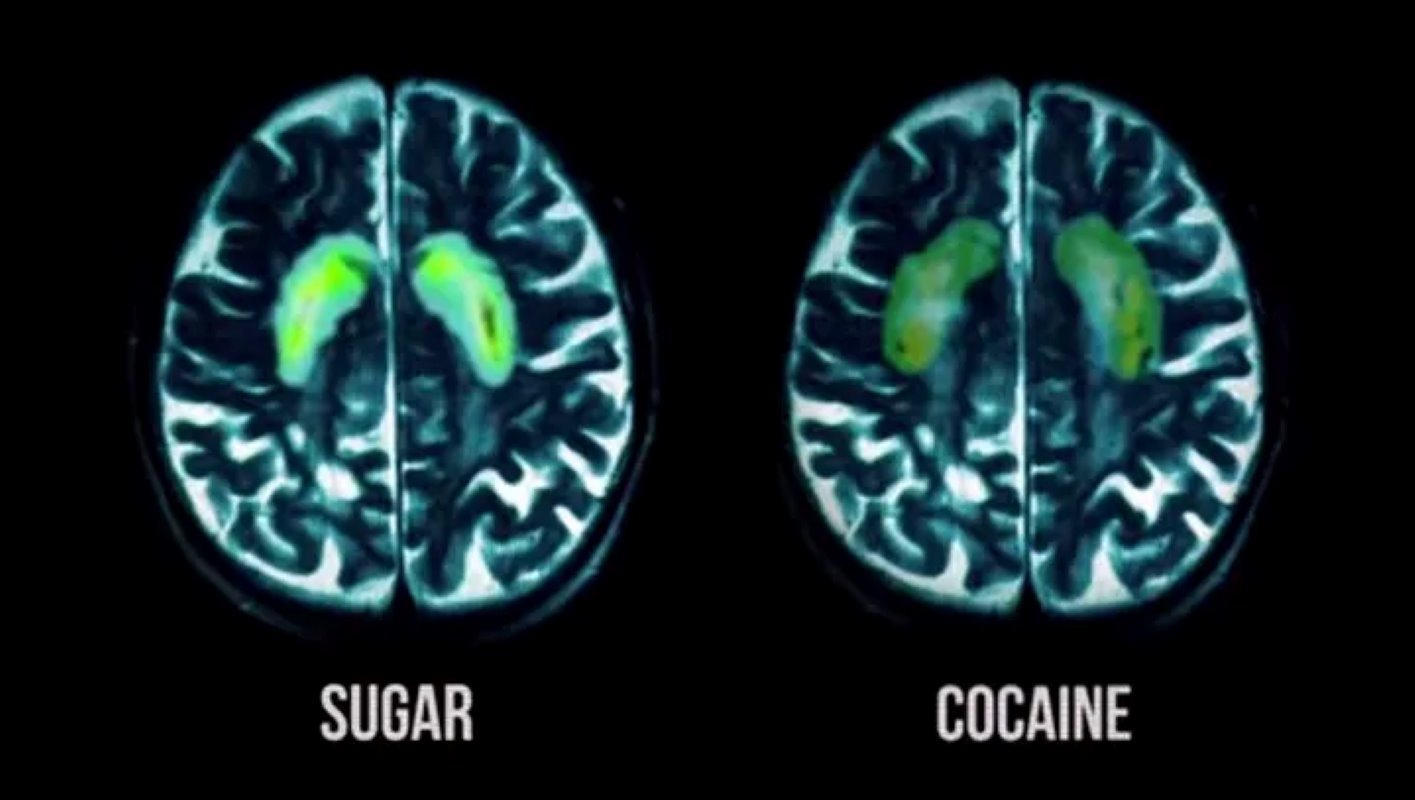
Now, the brain and sugar relationship is a unique one, which studies have found possesses interesting peculiarities. One, sugar stimulates a similar brain region as addictive drugs like opium, heroin and cocaine. This area of the brain is called the nucleus accumbens. Two, sugars are generally absorbed faster in the digestive tract than, say, proteins or fats. So, it produces rapid energy spikes and physiological highs.
Have you ever had the experience of feeling ‘high’ after doing or eating something pleasurable? If yes, it becomes easy to understand how likely you are to seek out that activity. Before long, you start taking sugar repeatedly to reinforce how you felt the previous time. Meanwhile, the neurological pathway for that activity becomes hard-wired and eventually becomes an addiction.
There you have it, an overview of how sugar affects the brain. Now, let’s get to specifics.
ALSO READ: The Hidden Dangers of Artificial Sweeteners
Short-Term Effects of Sugar Consumption
The common types of sugar found in foods are sucrose, glucose and fructose; occasionally, some galactose too. However, sucrose and glucose are the most ubiquitous, and this duo are oh-so-easily digestible. The brain sugar response that triggers an almost instantaneous release of dopamine improves your mood and is physically invigorating. Albeit, it soon ebbs away and leaves you craving to make the experience last longer. So, the spontaneous impulse is to ingest some more sugar to go another cycle.
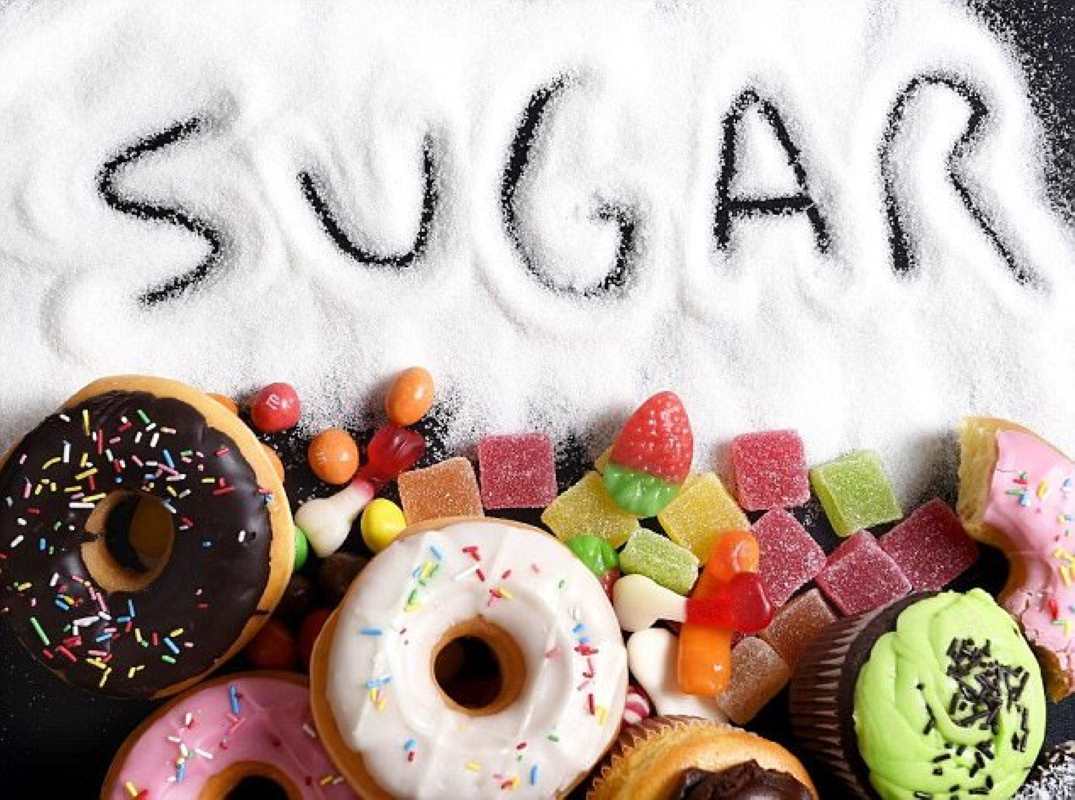
Unfortunately, there’s an easily identifiable drawback of the energy peak-troughs cycle associated with sugar intake. Once the body senses the presence of sugar in the bloodstream, it secretes insulin, a pancreatic hormone that helps move the sugar into cells. In the cells, the sugar molecules are either used as a real-time energy source or stored away for later use.
The bottom line is that the bloodstream sometimes ends up with less sugar than when the sugar intake cycle began. Consequently, people find themselves going from an exhilarating high to a gloomy low after eating sugary food.
Long-Term Impact of Excessive Sugar
In the long run, repeated sugar intake can make the dopamine receptors of the brain less sensitive. By implication, if you needed a bottle of a sweet drink to feel good last month, repeated use results in needing two or more bottles of that same drink to attain a similar state of pleasure down the line. Such a trend of sugar cravings is the very building block of an addictive behavior.
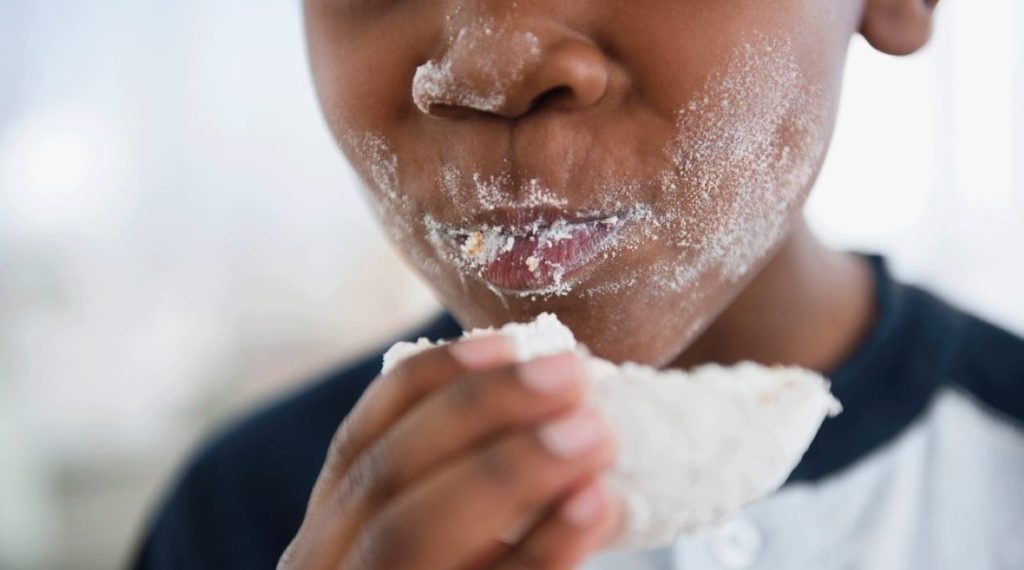
A consumer of sugary foods may ingest such items intentionally, with a full awareness of what they’re doing and its implications. However, somewhere along the line, the desire to reinforce the pleasurable feelings induced by dopamine and sugar may hijack the deliberate act, pushing it into autopilot.
Why We Crave Sugar
Someone reading this is probably wondering: “Why would anyone consume sugar so much that it becomes a snare to their health?” It is necessary to state here that some of the habits that degenerated into sugar addiction are trans-generational. Alternatively, others are circumstantial; here’s a brief explainer.
An academic review from 2018 surmises that the sugar addiction problem of sapiens has evolutionary roots. Let’s break it down for a better perspective. When humans were still hunter-gatherers, energy-dense foods were scarce. So, the brain developed a reward system to help them eat as much as is available when they come across some food. That same sugar and brain chemistry was handed down to 21st-century humans. Unfortunately, sugar-packed food products are at an all-time high in today’s society, and anyone who wants to can binge as much as they want.

There’s also the circumstantial narrative provided by sugar craving science. Have you ever caught yourself craving something pleasurable to do after a stressful day? For some folks, a brief game of Monopoly after dinner does the trick. However, individuals whose first respite is to eat when stressed, bored, or depressed are on the verge of a vicious cycle. Some women having chocolate cravings during their menstrual cycle may also shed more light on how sugar affects the brain.
ALSO READ: Making Edible Water Pods at Home: A Fun and Sustainable Alternative to Plastic Bottles
4 Ways to Break the Sugar Craving Cycle—and the Sweet Tooth
According to Harvard Health, there are four things you could do to redeem yourself after acknowledging a sugar addiction.
1. Eat a balanced diet and minimally processed foods
Sugars that are proportionately mixed with other nutrients in a meal are not digested as fast as those in heavily sweetened diets. Make your diet as balanced as possible.
2. Avoid skipping breakfast
An individual struggling with a sugar craving addiction should be the last to consider a breakfast skip. Eating energy-rich meals before starting the day makes it less likely that you’ll succumb to some glossy sugary snack.
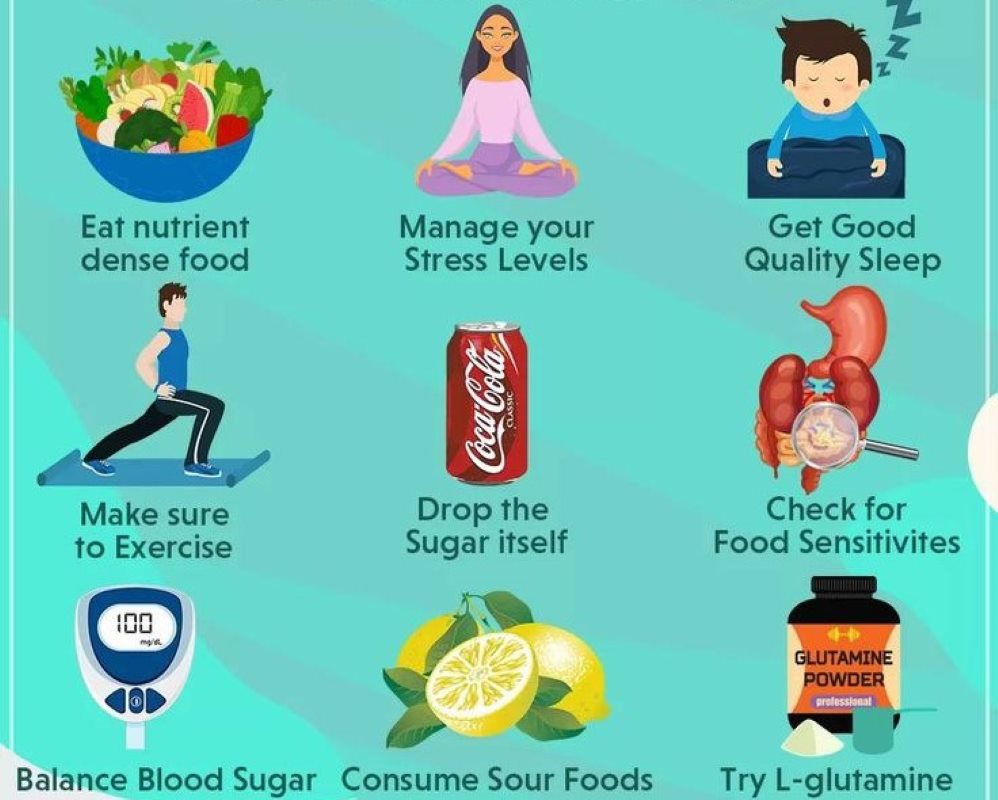
3. Screen processed foods for hidden sugars
Manufacturers of ultra-processed foods are sometimes shrewd about the sugar content of their products. So, meticulously screen the list of ingredients. If in doubt whether multiple ingredients are sweeteners, avoid such a product altogether.
4. Add sweeteners to food yourself
When eating out, say, at a friend’s, ask to sweeten tea or coffee yourself. Some packaged food products come in sugar-free variants; buy those as they allow you the privilege of deciding the quantity of sweetener to add.
There’s an ongoing debate about the dietary implications of consuming natural sugars vs added or artificial sweeteners. It is easy to see how sugar affects the brain. This understanding will help you make better food choices and outmanoeuvre sugar cravings.
Sugar may light up the brain’s pleasure centers, but knowledge is the first step to keeping cravings in check.








